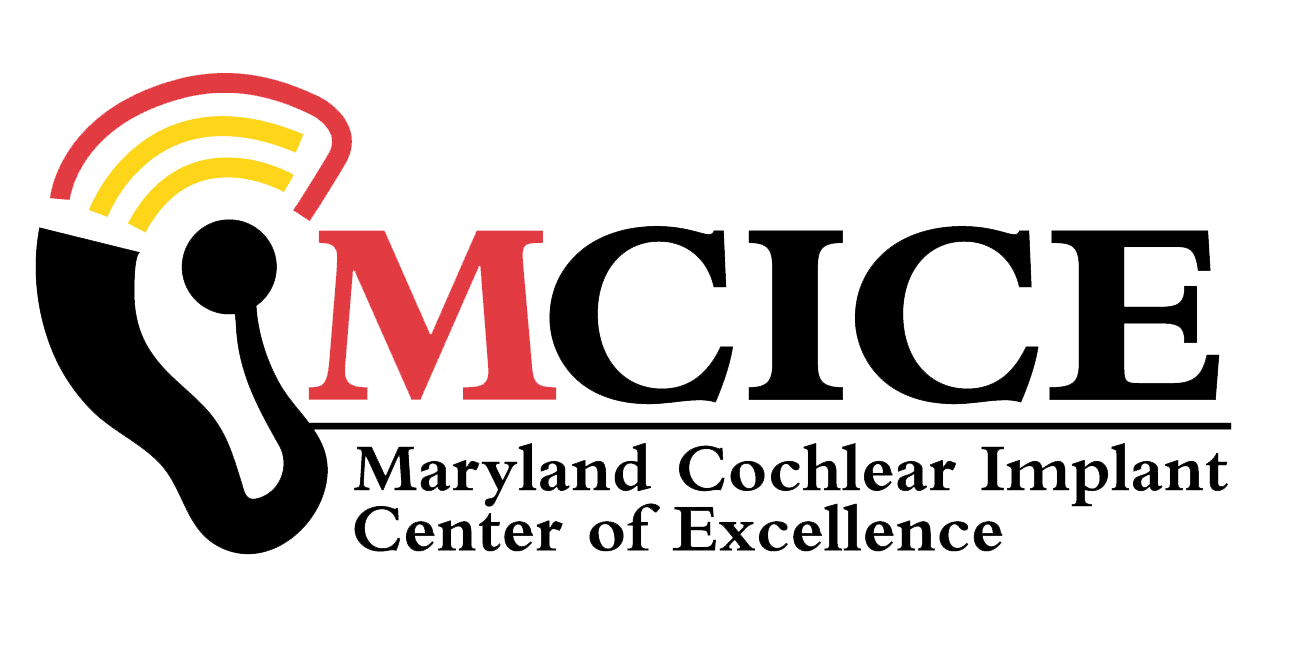 Cochlear implant programming (or “mapping”) is the process of adjusting the stimulation levels of a cochlear implant to change the way the patient hears. The audiologist makes changes to how much electrical stimulation goes to the various channels of the implant to improve the way the patient hears speech, environmental sounds, and even music. The sessions entail programming the patient's processor (a small computer worn on the ear) which sends sound inwards to the implant via electrical signals.
Cochlear implant programming (or “mapping”) is the process of adjusting the stimulation levels of a cochlear implant to change the way the patient hears. The audiologist makes changes to how much electrical stimulation goes to the various channels of the implant to improve the way the patient hears speech, environmental sounds, and even music. The sessions entail programming the patient's processor (a small computer worn on the ear) which sends sound inwards to the implant via electrical signals.
During “measurements”, the patient makes judgements of volume and sound quality while the audiologist stimulates different parts of the implant. For infants, young children, or other individuals who cannot assist with programming by giving feedback, the audiologist is able to utilize objective measures to set the device appropriately for the patient’s needs. The audiologist also turns on the microphone of the processor for the patient to hear and makes additional changes so that speech is clear and comfortable. After the mapping, the audiologist tests the patient in a sound booth to optimize the programming if needed and to monitor the patient's performance.


